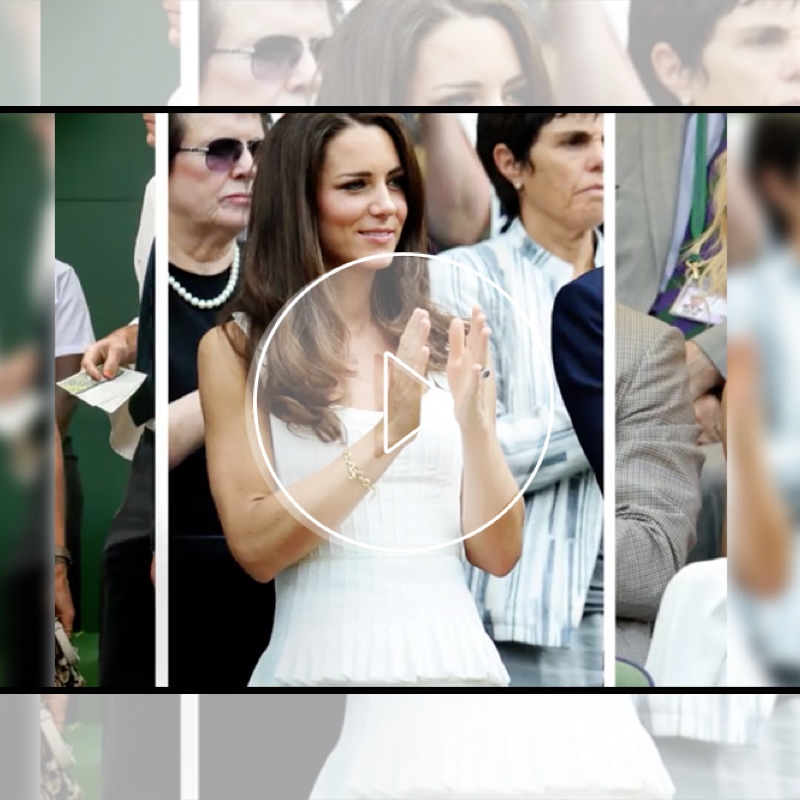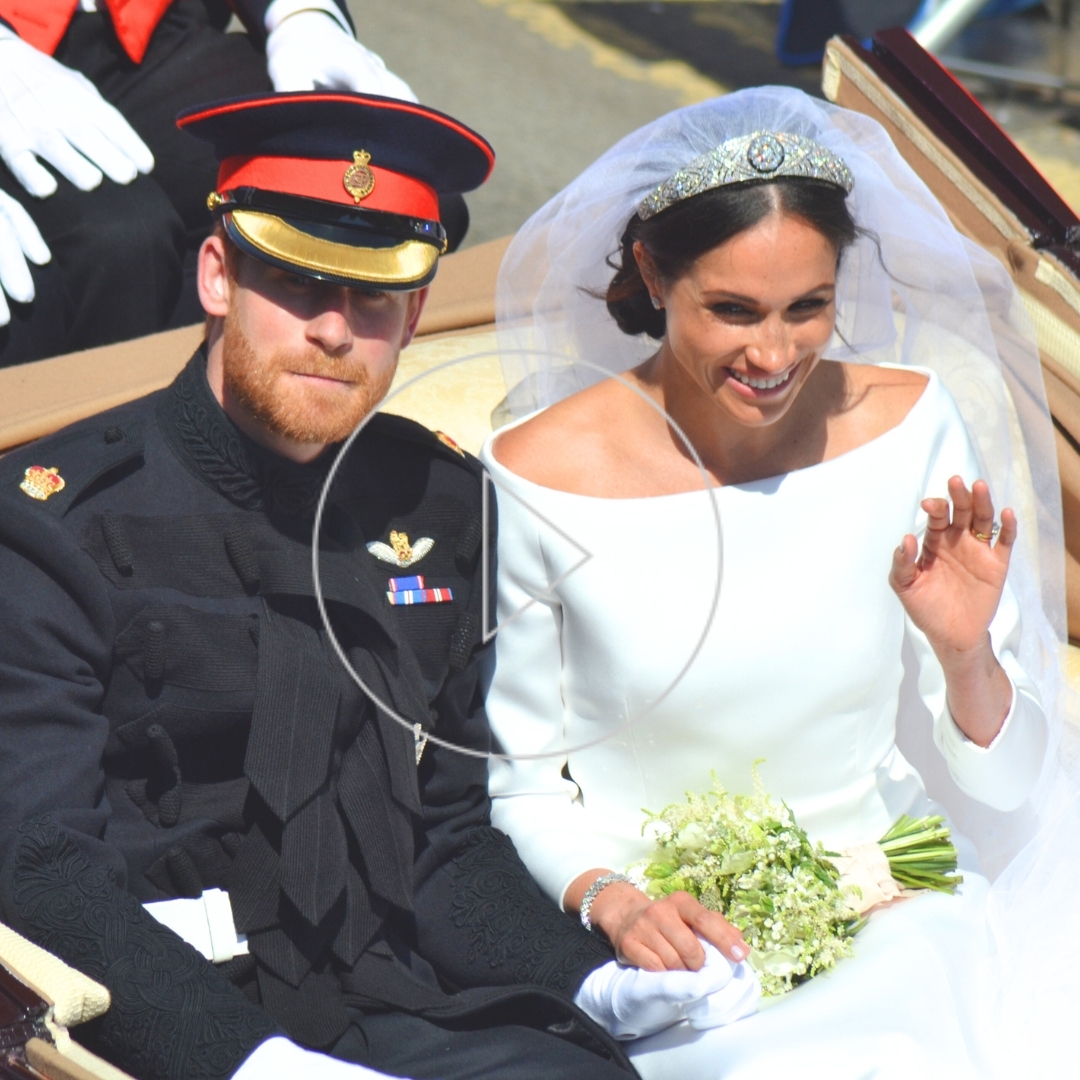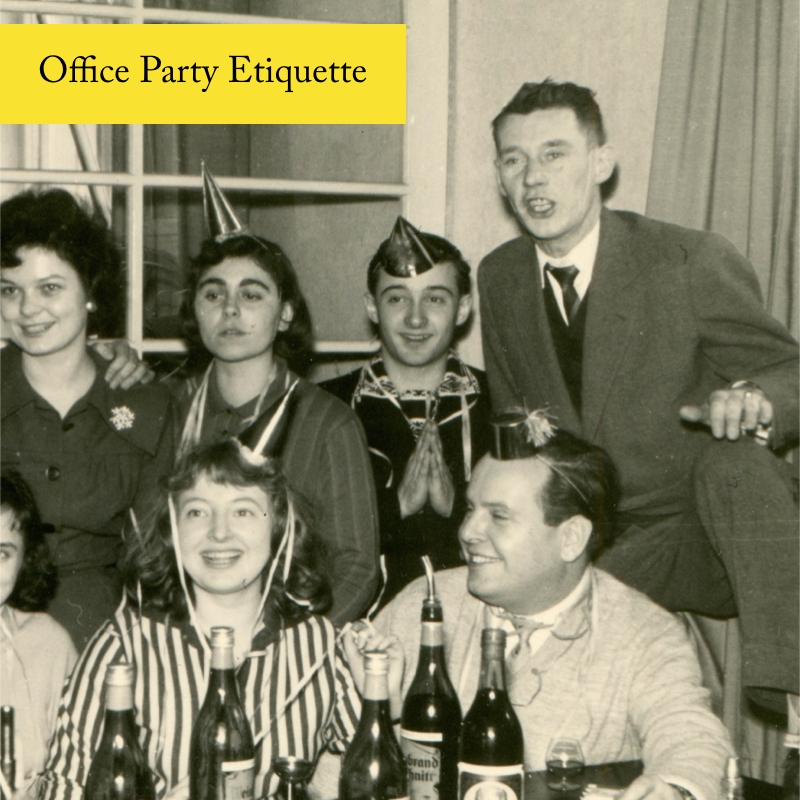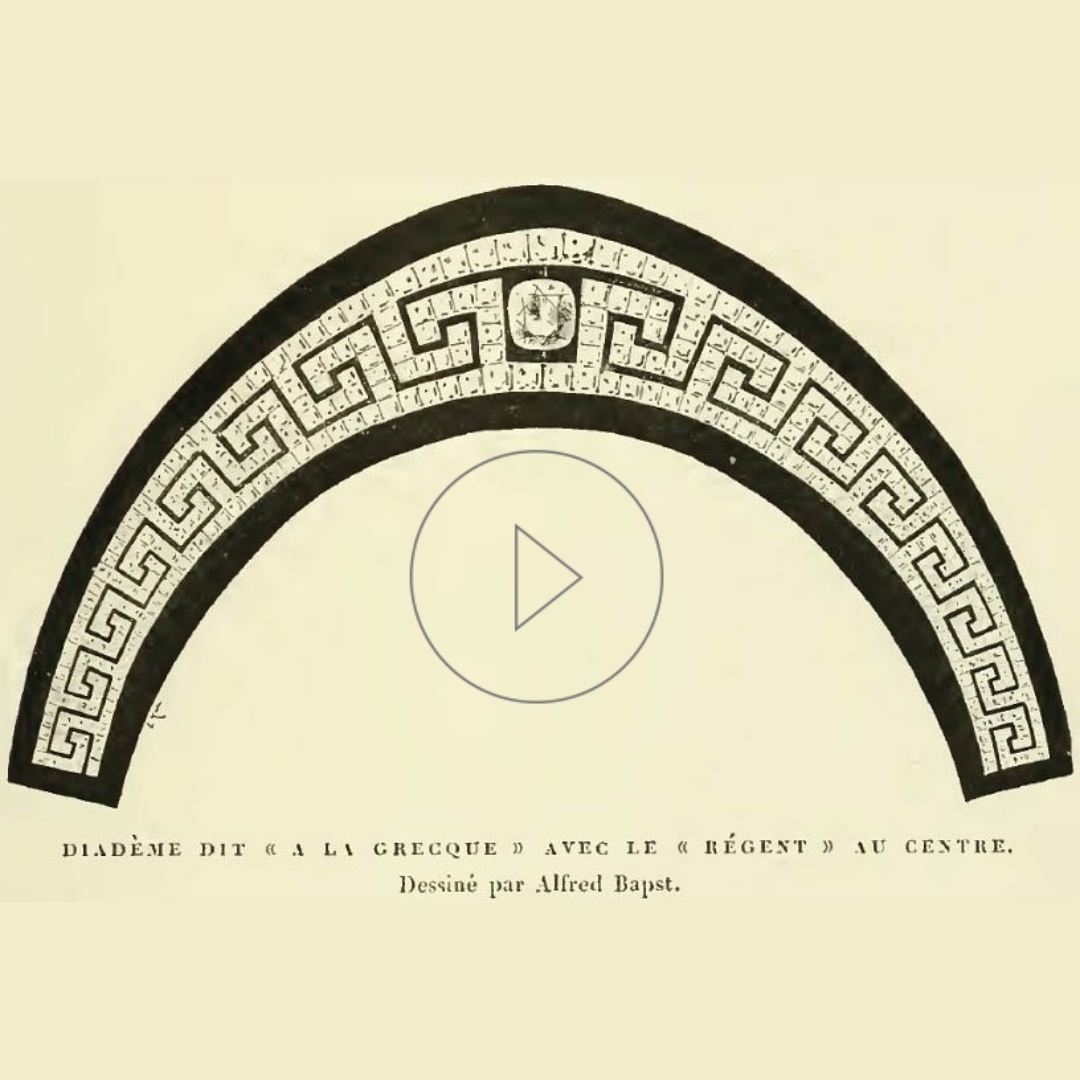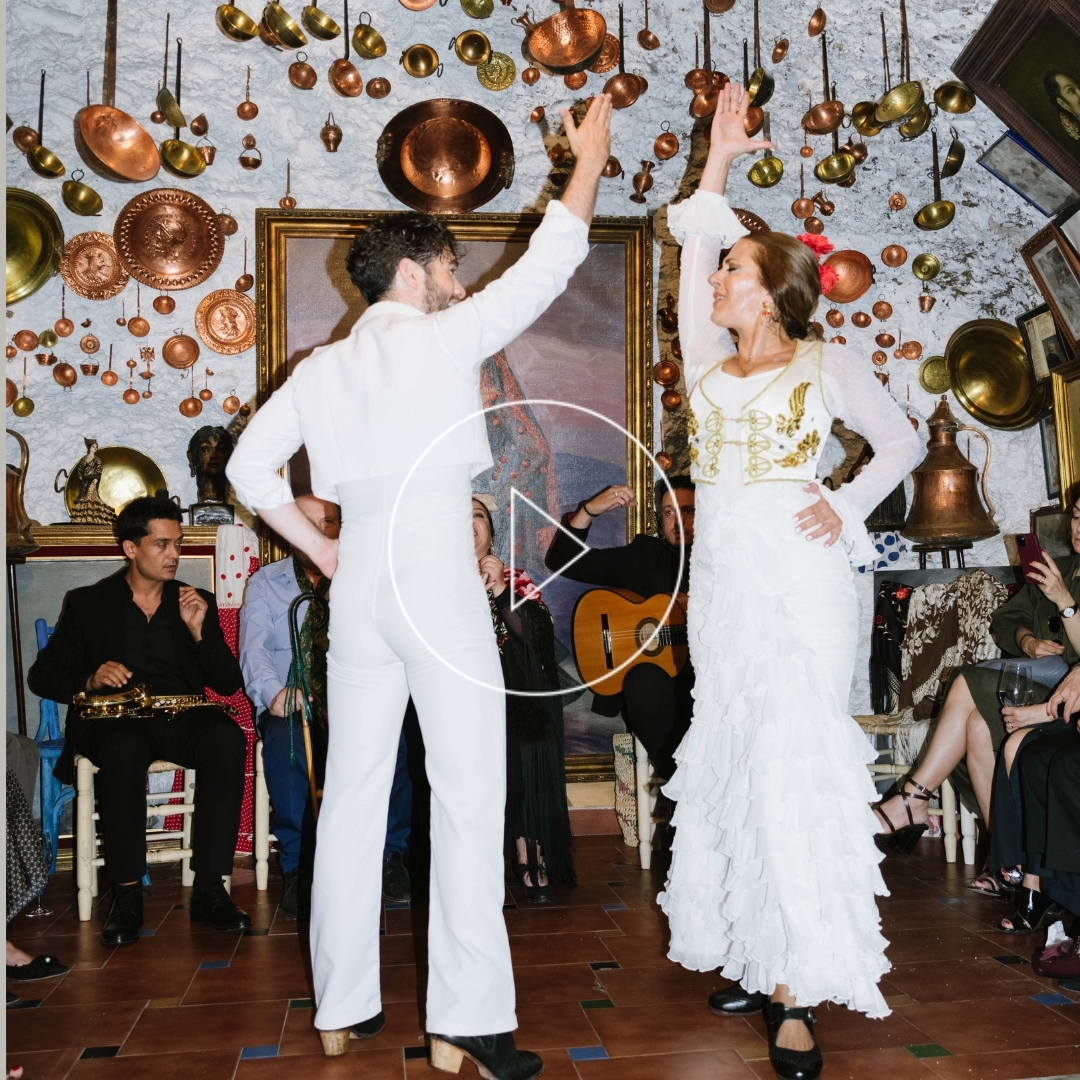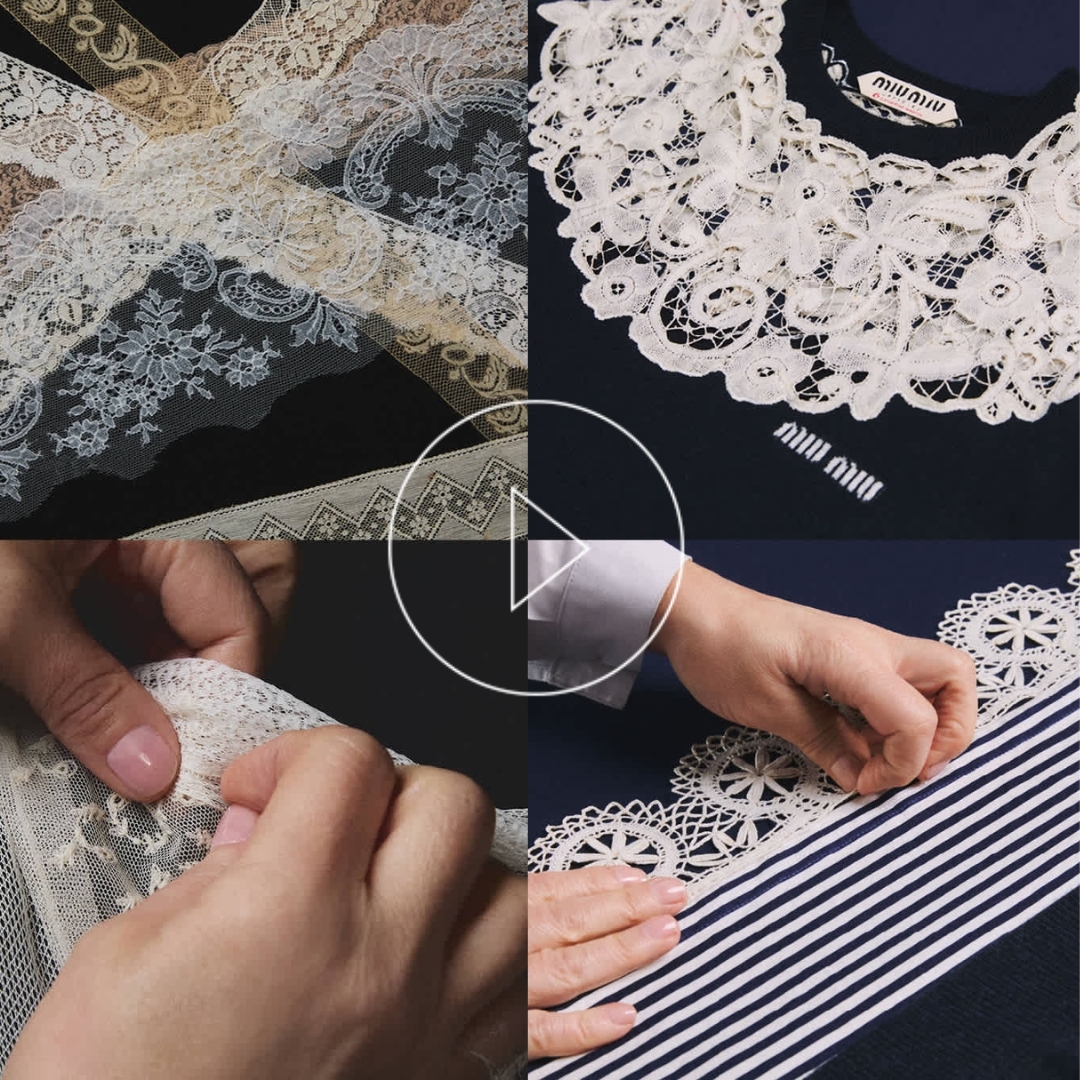The history of signet rings & how to wear them

Beauty lies in the details, and so does elegance. That is why elegant gentlemen like the Queen’s late husband, Prince Philip, are rarely seen without their signet rings. Throughout history, men have worn signet rings with family crests and other emblems engraved on them, and more recently, women have too. Today, this genderless statement piece is more popular than ever and has quite a lot of significance. But do you know the history behind signet rings, where and why they were first worn, and how to wear them?
What is a signet ring
Usually, a family heirloom, a signet ring, or a seal ring, bears the wearer’s family crest, monogram or another emblem. The chunky ring has a flat bezel that can be round, oval or square-shaped. And it normally comes entirely in gold or with gemstones such as cornelian, lapis lazuli or bloodstone.
What were signet rings used for
Originally, the engraved or raised symbol was used as a stamp to sign documents and seal correspondence. In fact, some of the most important legal documents in history were signed with the mark a signet ring would leave on hot wax or soft clay placed onto paper. It was the best way to confirm the authenticity of any official document. Consequently, signet rings are the origin of modern corporate seals used by companies. So, although signet rings are beautiful pieces of jewellery, they had a very practical purpose.

“And a stone was brought, and laid upon the mouth of the den; and the king sealed it with his own signet, and with the signet of his lords; that the purpose might not be changed concerning Daniel.”
Old Testament. Daniel 6:17
The first signet rings
The history of the first signet rings dates back to thousands of years. In fact, there is a mention of these rings in the Bible.
Pharaos and religious leaders in Ancient Egypt were the first ones to wear signet rings, around 3500 BC. But before them, Mesopotamians already used cylindrical seals as marks of authenticity. The Minoan civilization made signet rings with ivory and soft stones, which during Bronze Age evolved to metal rings as we know them today. The signet rings during the Roman period depicted everything, from mythological scenes, sports, the Emperor or loved ones. Some were gifts to brave soldiers.

Who used to wear signet rings
Certainly, the unique design of each signet ring identified its aristocratic holder hence their use as official signatures throughout history. King Edward II commanded, in the 14th Century, that the king’s signet ring stamped any important document. In Medieval times, not only kings but also the nobility and clergy members would wear a signet ring. And to avoid forgery, the rings were destroyed after their owners died. Throughout the Renaissance and well into the 19th century, signet rings became the ultimate sign of class, elitism and wealth for merchants, doctors, barristers and solicitors.

From stamp to ornate jewellery piece
With time, gold and silver signet rings became more ornate, embellished with precious stones and enamel. And they were passed down from one generation to the next one. In the 19th Century, some had a rotating bezel so that you could wear the ring with the coat of arms facing the finger. Others had a secret key that folded into the back of the ring.

Signet rings today
Today, men and women still wear signet rings, usually inherited from their ancestors hence carrying the family’s history, while others have them made. Corporations and organizations also give out signet rings to identify members’ affiliations or celebrate graduation. For example, the Freemasons, universities and even biker gangs. Some military figures wear the ring as a sign of their ranks. And some ring makers create signet rings designing new coats of arms for families that don’t have one. Personally, I’m not a big fan of the latter option. I find it a bit pretentious and prefer engravings that represent something meaningful to the wearer.

How to wear a signet ring
Throughout history, both men and women have worn signet rings on different fingers but, most commonly, on the pinky finger of the left hand. Although, if you are left-handed, you’d wear it on the right pinkie. And, traditionally, men wear the signet ring with the insignia facing out while women wear them facing themselves. Additionally, some men like Prince Philip and Prince Charles, choose to stack their wedding and signet rings together.
Fashion and the signet ring trend
After a long history of being a sign of power, signet rings are worn today by women and men who like classic and timeless jewellery. People like Cara Delevingne, Bella Hadid and Kristen Stewart, for example, wear rings inspired by the classic signet ring on any finger, as fashion statements. Gucci, Alexander McQueen, Valentino, and Fendi as some of the luxury fashion houses that have revisited the traditional signet ring.
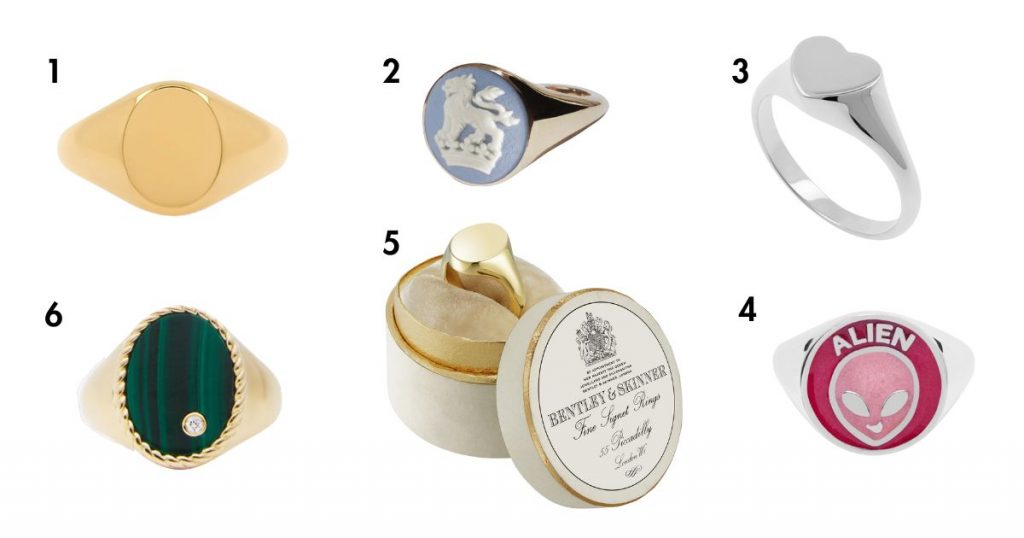
Title image: Selma Schönburg, editor-in-chief of Notorious Mag, wearing her signet ring
SHARE

